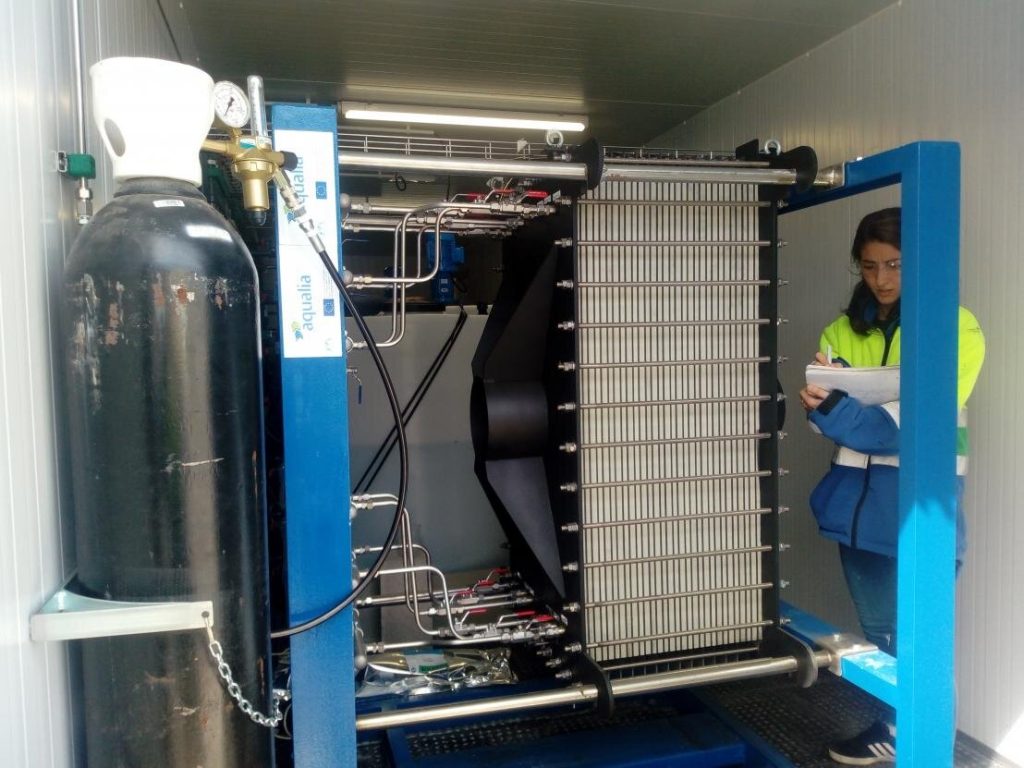Scientists are coming up with practical and cheaper desalination processes for water. It has been going on since half a century ago in Spain. Currently, Ikaria, a Greek island, got access to clean water by virtue of desalination.
The common method used in the process is called reverse osmosis (RO) but it has to be connected to the electricity grid. This is expensive and inaccessible for areas far from the grid. So, researchers have come up with sustainable off-grid desalination systems that run on renewable energy.
Now, microbial desalination cells (MDCs) are being suggested to use. This is developed by MIDES. It produces drinkable water from the sea. It means electro-active bacteria desalinate and sterilize water making it suitable and safe. “This technology offers new options to provide clean water and wastewater treatment to small, isolated locations without electricity,” said Frank Rogalla, director of innovation and technology at Aqualia and a member of the project team.
Rogalla stated that the two prototypes are now in operation (in Denia and Tenerife in Spain) to optimize the results and detect any opportunities for improvement in performance and cost-efficiency. Furthermore, the treated wastewater can be reused in irrigation and agriculture which will take pressure off current resources.
Islands and coastal areas have access to the free energy sources of waves. “Harnessing the power of ocean waves with a technology that can produce freshwater to many of the 2.1 billion people globally struggling to access safe drinking water is the answer,” said Olivier Ceberio, chief operating officer of Resolute Marine and member of the project team.
As part of W20, Ceberio and his colleagues created an off-grid innovative solution. It will be the world’s first wave-driven desalination system (called Wave2O) that can be executed fast. It will operate completely off-grid and supply large quantities of fresh water at an economical cost. “This technology delivers free energy from a consistent and inexhaustible renewable energy source: ocean waves,” said Ceberio.
A Wave Energy Converter (WEC) is attached to the seabed floor which moves back and forth with the waves. This energy then pressurizes seawater that is sent to the shore to directly drive a RO system. Ocean waves produce fresh water without needing any additional source of energy like electricity.
Daily output can serve around 40,000 people. “While we don’t use electricity in our manufacturing process, we can divert some energy from the pressurized seawater to cogenerate electricity to power our own subsystems and pump fresh water where it is needed and provide both water and power to our customers,” said Ceberio.
A reduced-scale version of Wave2O is being tested in their facilities in Hingham, MA in the United States. If successful they will move to a first ocean deployment of a reduced scale Wave2O in PLOCAN a test site facility in the Canary Islands followed by a second one at a commercial pilot in Cape Verde.

